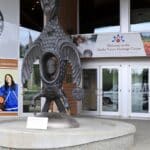A Brief History of Totem Pole Carving in Alaska
Totem pole carving is an iconic symbol of Indigenous culture in Alaska, deeply rooted in the traditions and histories of the region’s Native peoples. These magnificent wooden structures are not only artistic masterpieces but also serve as important cultural artifacts, embodying stories, clan lineage, and spiritual beliefs. This article explores the rich history of totem pole carving in Alaska, its cultural significance, and where you can experience this remarkable tradition today.
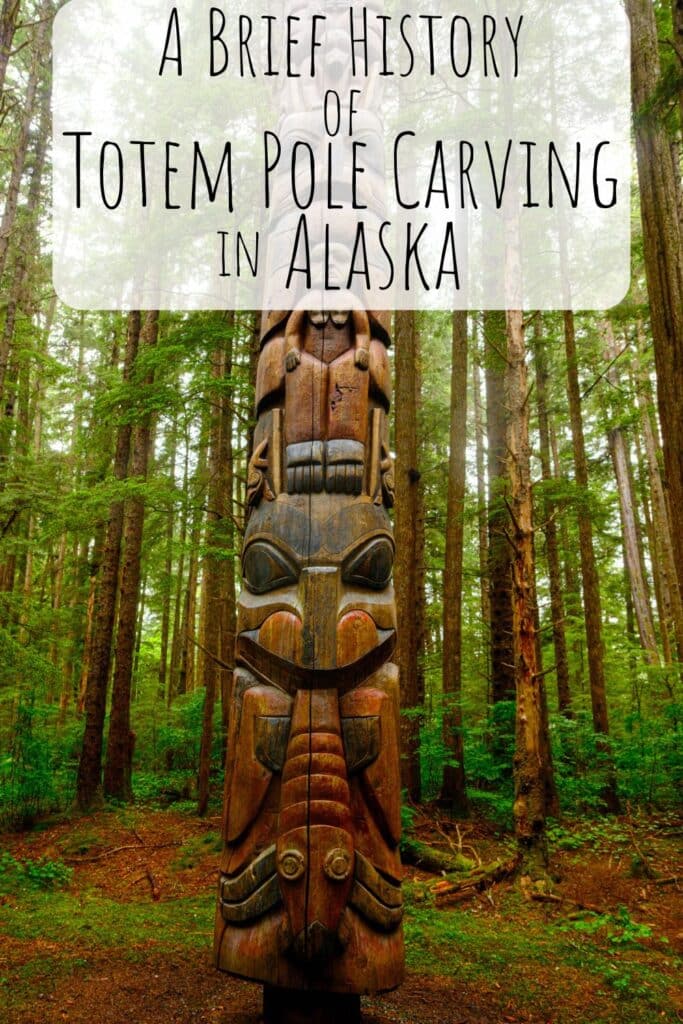
Historical Overview of Totem Pole Carving
Totem poles have been a part of Indigenous cultures in the Pacific Northwest for centuries. In Alaska, their origins can be traced back to the ancient cultures of the Tlingit, Haida, and Coast Salish peoples. The tradition of carving totem poles began long before European contact, evolving through generations of skilled artisans.
Historically, totem poles were created to commemorate significant events, honor ancestors, and mark the presence of influential leaders. Each pole tells a story through its carvings, with symbols representing animals, supernatural beings, and clan emblems. The art of totem pole carving was not only a craft but also a means of preserving oral history and cultural heritage.
The process of creating totem poles was integral to community life, involving ceremonial practices and rituals. The carvers, often highly respected members of their communities, would engage in extensive planning and consultation with elders to ensure that the designs accurately represented the stories and values they intended to convey.

Cultural Significance of Totem Pole Carving
Totem poles hold profound cultural and spiritual significance for Alaska Native communities. They are integral to ceremonies, feasts, and other communal gatherings. Each pole serves as a visual narrative, often depicting clan symbols, historical events, or personal achievements. The figures carved into the poles represent various entities from the natural and supernatural worlds, such as the eagle, raven, and bear, each carrying specific meanings and associations.
In addition to their role in storytelling, totem poles are symbols of identity and pride for Native communities. They reinforce social structures and relationships, reflecting the values and beliefs of the people who create and honor them. The process of carving and raising a totem pole is a communal effort, involving collaboration and cooperation among community members.
Totem poles also serve as markers of social status and power. The height and complexity of a totem pole could indicate the prestige of the individual or clan it represents. For example, a large pole might commemorate a major event or achievement, while smaller poles could be used to mark the boundaries of a community or honor a specific person.
Traditional Carving Techniques
Traditional totem pole carving is a meticulous and labor-intensive process. Carvers use tools such as adzes, knives, and chisels to shape the wood, often working with large cedar logs that are chosen for their durability and straight grain. The carver’s skill and experience are crucial in translating the intricate designs and symbols onto the pole.
The carving process begins with the selection of the wood and the preparation of the log. Once the basic shape is outlined, the carver works on adding details and refining the figures. The carving is often accompanied by ceremonial practices and rituals to honor the spirits and ancestors represented by the designs.
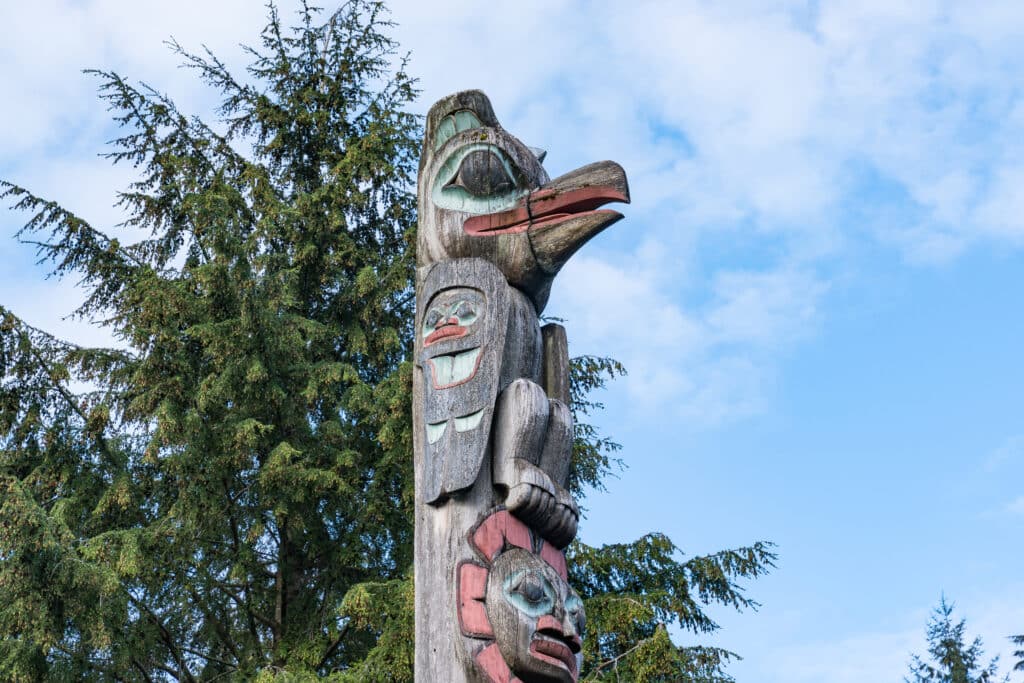
Carving totem poles requires a deep understanding of the symbols and their meanings. Each figure is carefully crafted to reflect its role in the story being told. The intricate detailing and symbolism involved make totem pole carving a highly specialized art form that is passed down through generations.
In traditional settings, the carving process might involve a community-wide effort, with different members contributing their skills and knowledge. This collaborative approach ensures that the final product reflects the collective cultural and spiritual values of the community.
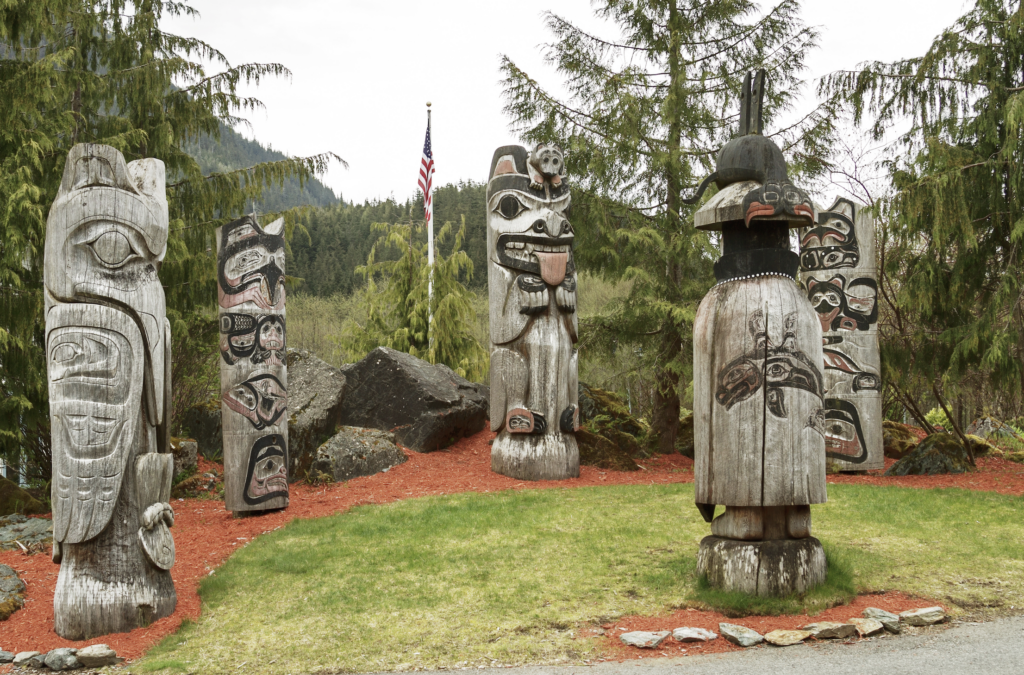
Revival and Modern Adaptations
The art of totem pole carving faced challenges with the arrival of European settlers and the imposition of colonial policies, which led to a decline in traditional practices. Many totem poles were destroyed or removed, and the cultural significance of this art form was threatened by assimilation policies and suppression of Indigenous cultures.
However, efforts to revive and preserve this cultural heritage have been underway since the mid-20th century. Native carvers and cultural leaders have worked diligently to restore and continue the traditions of totem pole carving, ensuring that this vital aspect of their culture endures.

In recent years, contemporary artists have embraced traditional techniques while incorporating modern influences into their work. This fusion of old and new has led to a vibrant and dynamic evolution of totem pole art, reflecting the ongoing vitality of Alaska Native cultures. Modern totem pole carvers often experiment with different styles and materials, pushing the boundaries of traditional design while maintaining a connection to their cultural roots.
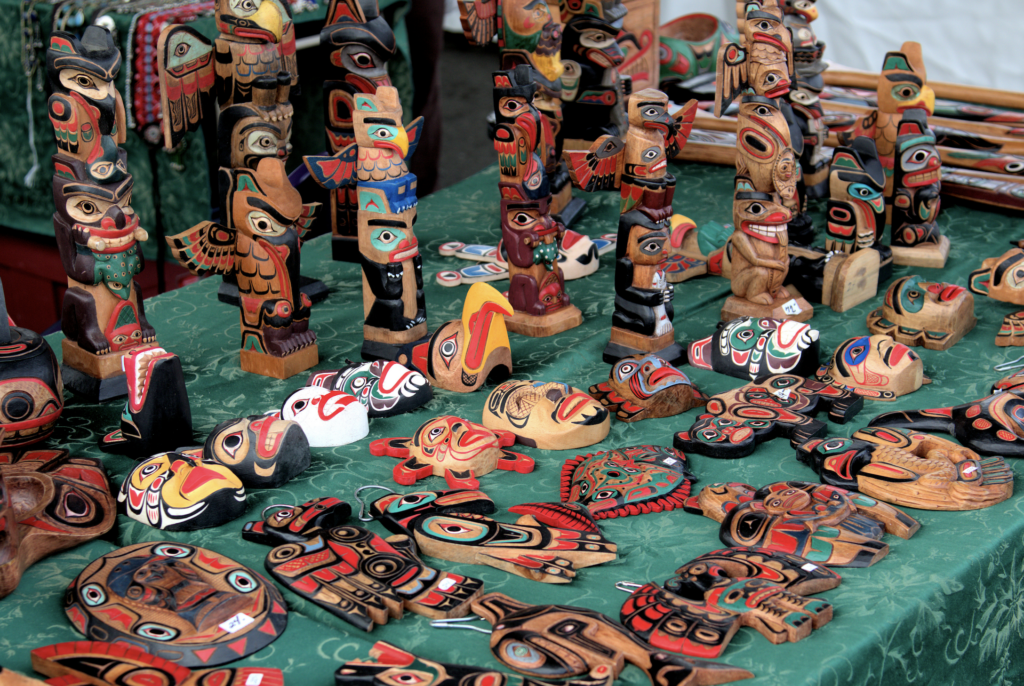
Public art projects and collaborative installations have also played a role in revitalizing the art of totem pole carving. These projects often involve partnerships between Indigenous artists, community organizations, and cultural institutions, fostering a renewed appreciation for this important cultural tradition.
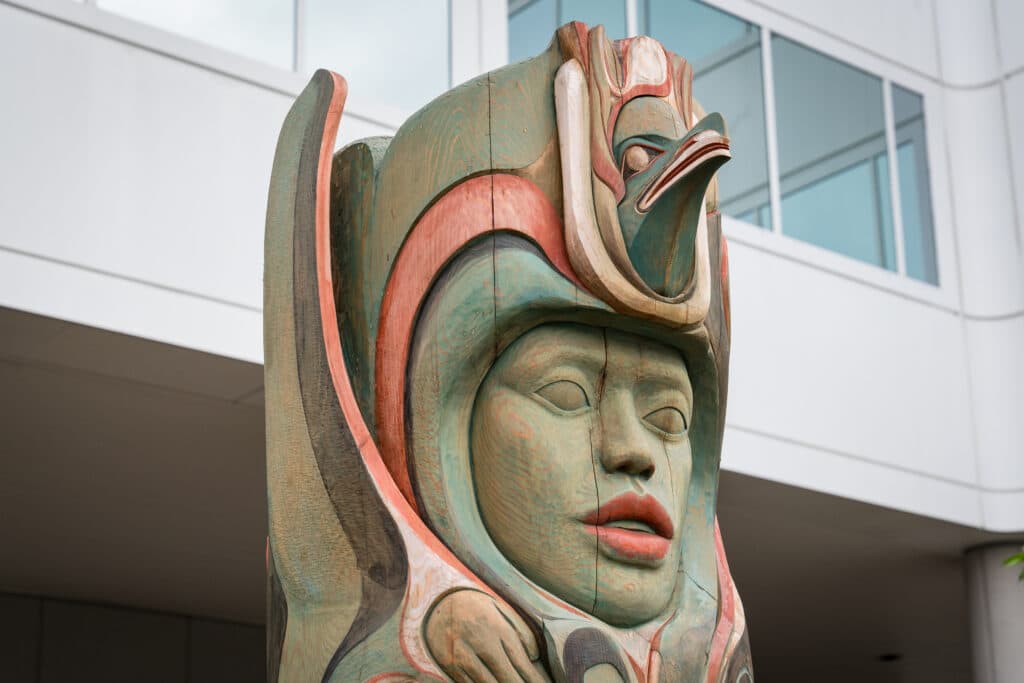
Where to Experience Totem Pole Carving Today
If you’re interested in experiencing totem pole carving in Alaska, several places offer opportunities to witness this remarkable tradition firsthand:
Sitka National Historical Park:
Located in Sitka, this park is home to a collection of historic totem poles, including some of the oldest examples in Alaska. Visitors can explore the park’s totem trail and see traditional carving techniques demonstrated by local artisans. The park also offers educational programs and interpretive tours that provide deeper insights into the history and significance of the totem poles.
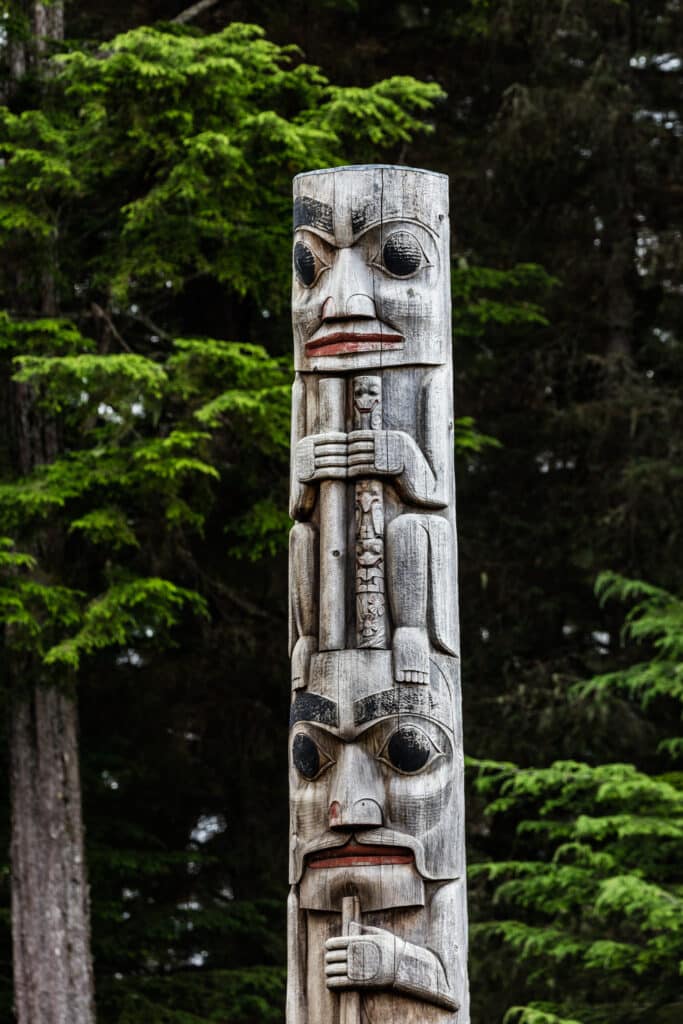
Ketchikan:
Known as the “Totem Pole Capital of Alaska,” Ketchikan boasts an impressive array of totem poles throughout the city. The Totem Heritage Center in Ketchikan provides educational exhibits and workshops on totem pole carving and Indigenous culture. The center often hosts demonstrations by skilled carvers, giving visitors a chance to see the art form in action.
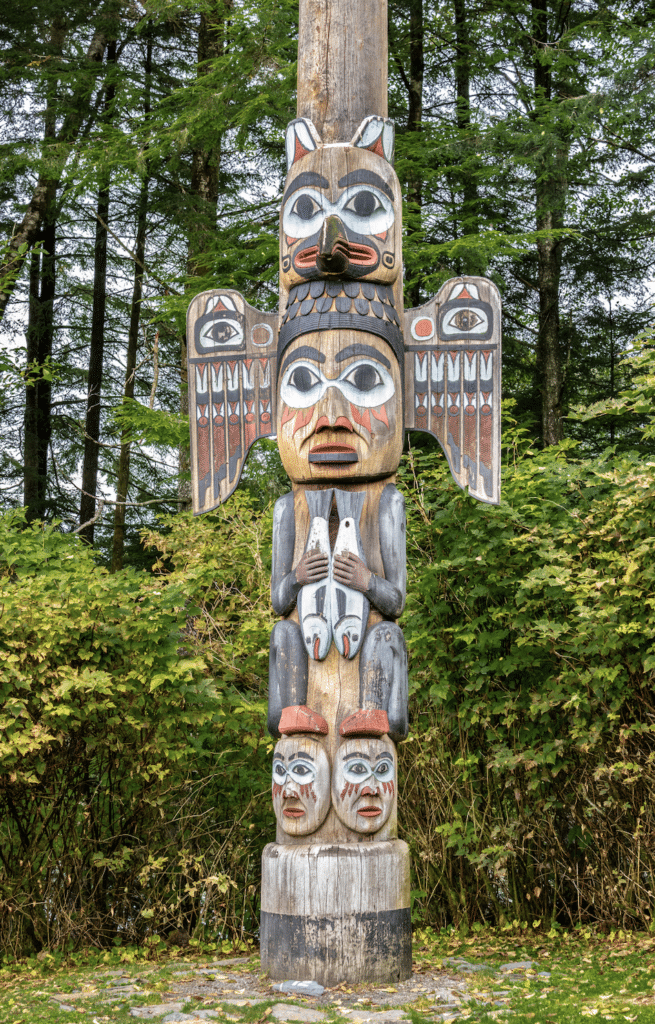
Juneau:
In Juneau, the Alaska State Museum features a variety of totem poles and artifacts, offering insight into their historical and cultural context. The museum also hosts events and demonstrations related to totem pole carving. Additionally, the Juneau Arts & Humanities Council occasionally organizes public art projects and workshops that highlight contemporary carving practices.

Prince of Wales Island:
This island is home to several Native villages with active totem pole carvers. Visitors can experience traditional carving practices and learn about the cultural significance of totem poles through local workshops and community events. The island’s remote location also offers a unique opportunity to see totem poles in their natural and traditional settings.
Anchorage:
The Anchorage Museum at Rasmuson Center provides a comprehensive overview of Alaska Native cultures, including exhibits on totem pole carving. The museum often hosts special events and workshops featuring Native artists. Additionally, the Alaska Native Heritage Center in Anchorage offers interactive exhibits and demonstrations related to totem pole carving and other traditional arts.

Totem pole carving in Alaska is more than just a form of artistic expression; it is a living tradition that encapsulates the history, culture, and identity of Indigenous communities. From its ancient origins to its modern-day adaptations, the craft of totem pole carving continues to thrive, serving as a powerful testament to the resilience and creativity of Alaska Native peoples. By visiting the places where totem poles are carved and celebrated, you can gain a deeper appreciation for this remarkable cultural heritage and the stories it tells.
